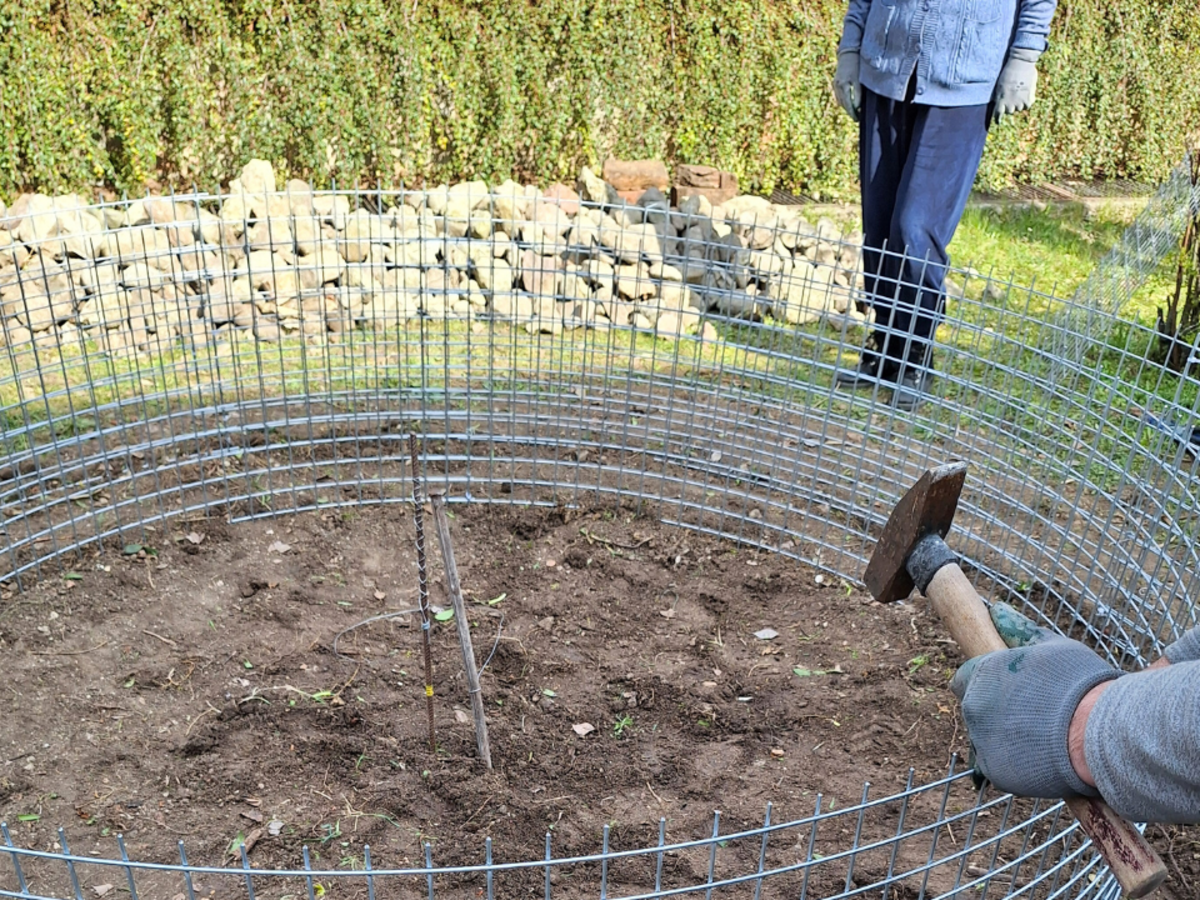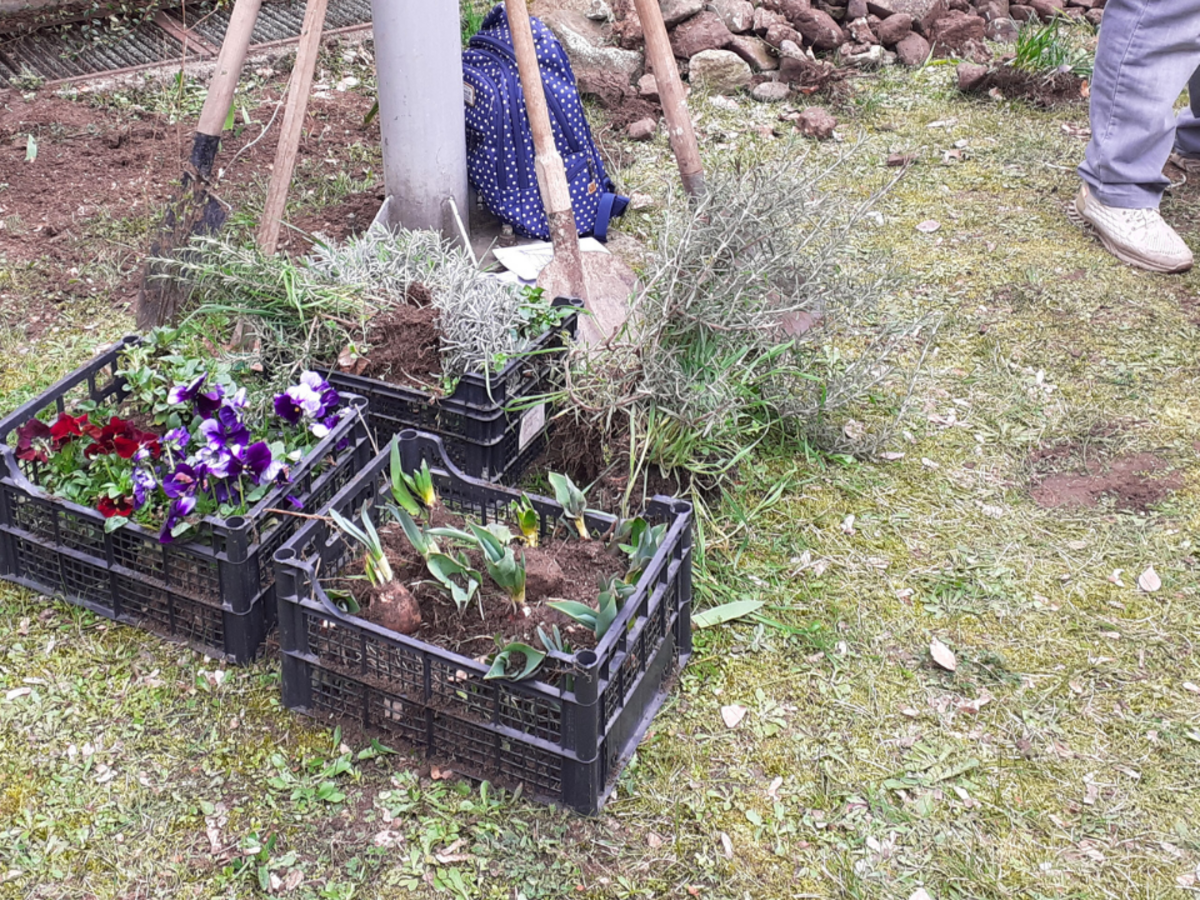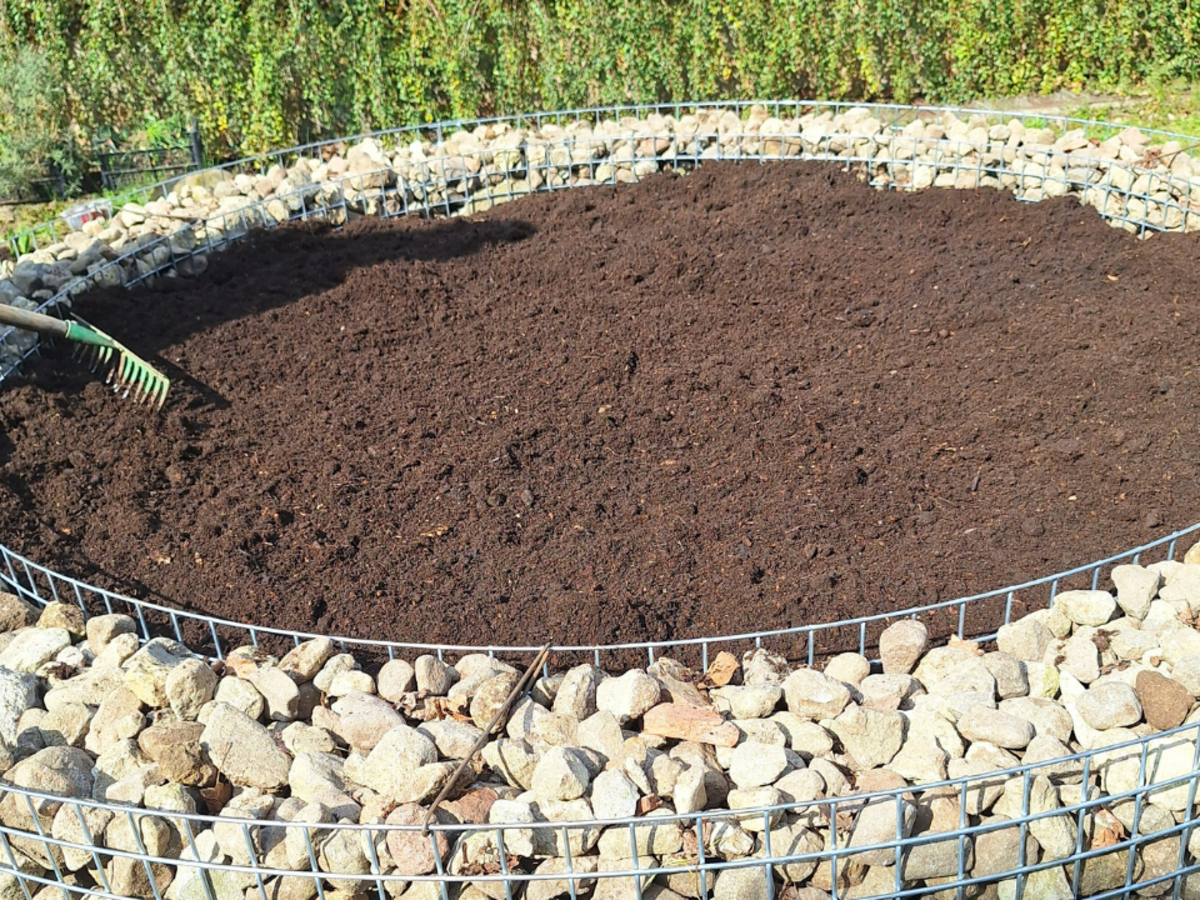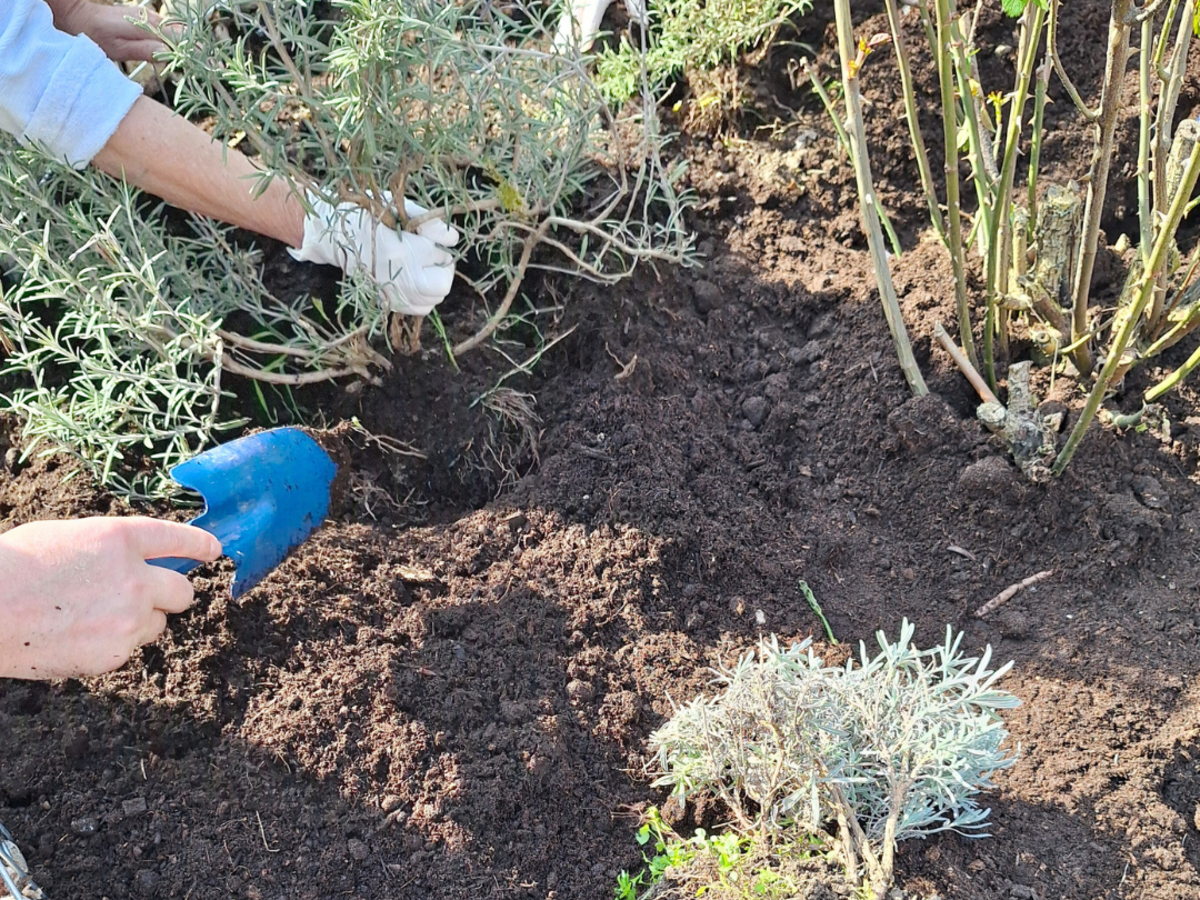
A raised bed has been built in the healing garden of the hospital
A well-designed raised bed can be a useful and eye-catching feature of a healing garden. It also allows patients with limited mobility to experience the joy of gardening, to engage in outdoor activities and can be a great meeting place.
We were pleased that the hospital staff requested our assistance to construct their first raised bed. The project was a collaborative effort between the patients and the nurses who oversee the therapy session.
On March 19th, the old rock garden at Boldog Gellért Hospital building 2 was demolished. On March 21st, a new raised bed was built in its place through the collaborative efforts of patients, occupational therapists, and Magház professionals.

The bed will only reveal its true splendor when the plants are in bloom, but the completion of it is exemplary and heartwarming in itself.
The active involvement of patients in the process was a particularly important element. The renewal of the bed was a joint effort involving the patients, with the fantastic organizational work of the hospital staff and the supportive participation of the experts at the Magház.
During the work, great care was taken to ensure that everyone was given tasks and equipment appropriate to their condition and abilities.
In the first phase of the work, 7-8 patients and a small team of helpers removed the annuals and perennials from the original flower bed and re-potted them for the new raised bed. The excess plants (mainly irises) were planted along the wall. The supporting stones of the old bed were saved for the construction of the new. The patients cleared and dug up the area, preparing it for the construction work.

Two days later, the construction work started at around 9 am, again with the help of two of the hospital's employees. The first task was to cut the wire cage provided by the Kertprojekt to size and assemble the circular frame. Next, a team of patients and their helpers filled the frame of the raised bed with stones and smoothed the wires. The raised bed was filled with 90% organic material from the site - leaves, twigs, and semi-composted material. As neither the stones nor the organic material proved to be enough, we used buckets, wheelbarrows, and large plastic bags to collect more from the hospital area. A layer of potting soil was placed on top of the raised bed, and in the afternoon we planted the perennials we had saved earlier with the patients of Ward II/A.

This spring day spent outdoors together created a wonderful atmosphere. We felt joyful connecting with the participants and received much encouragement from the onlookers.
The construction of the raised bed has had a positive impact on the hospital community's life. We hope that more people will participate in caring for the new bed in the future.

by Gabriella Farkas and Orsolya Kovács